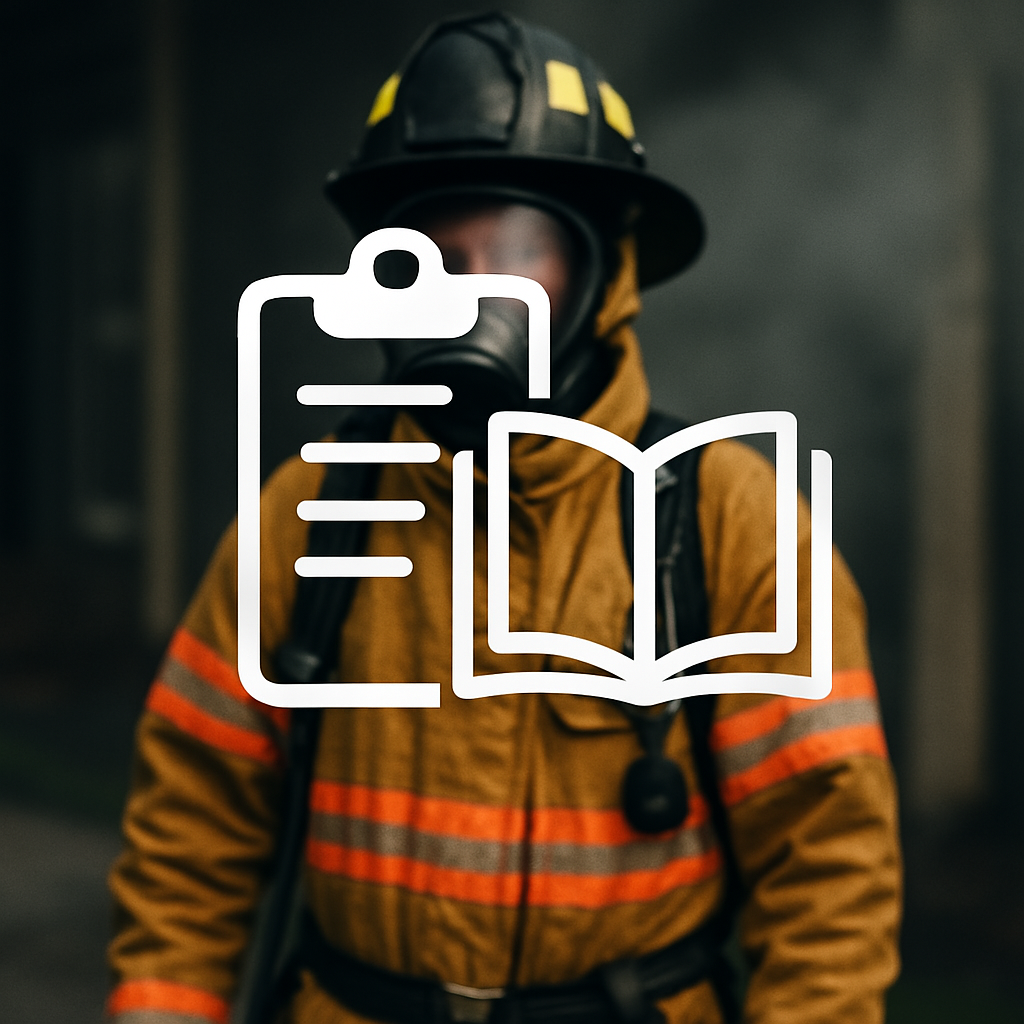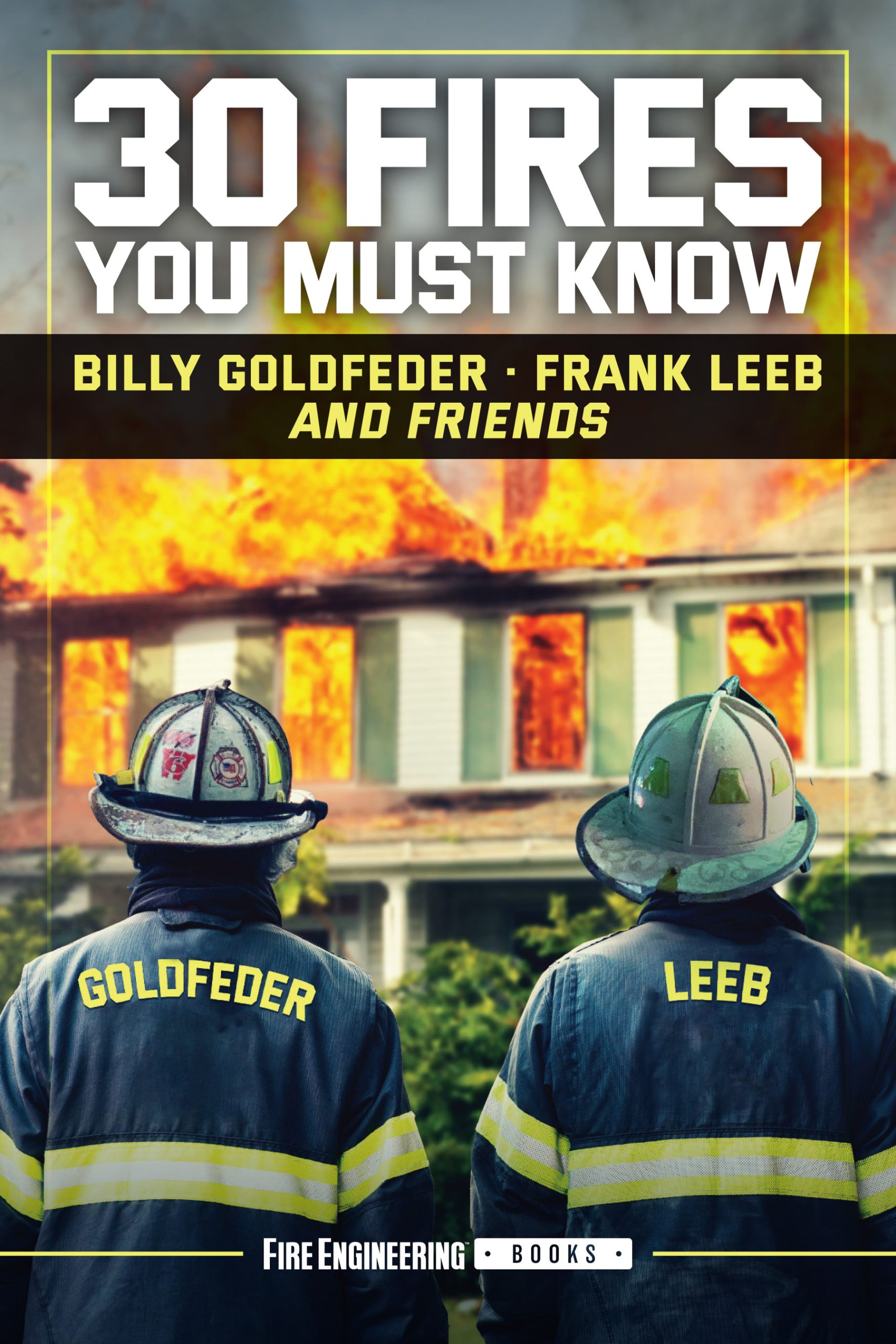Developing Vicarious Experience
Formal learning is an essential part of firefighters’ and fire officers’ professional development, but informal learning is equally important, with lessons frequently shared using stories. Stories are about sharing knowledge, not simply about entertainment. It is their ability to share culture, values, vision and ideas that make them so critical. They can be one of the most powerful learning tools available (Ives, 2004). “Only by wrestling with the conditions of the problem at hand and finding his own way out, does [the student] think” (Dewey, 1910, p. 188).
Developing mastery of the craft of firefighting requires experience. Responding to fires and directly engaging in the work of firefighting provides the opportunity to develop personal experience. However, opportunities to develop personal experience are limited. For new firefighters, working with senior firefighters and company officers provides the opportunity for directed experience or apprenticeship. Newly promoted company or command officers may not have the opportunity for this type of directed experience. In what other ways can we develop the necessary experience to perform with mastery?

Experience can also be manufactured using simulation or we can develop vicarious experience from observing or learning about the experiences of others. Case studies are an effective way to build understanding of complex problems, develop critical thinking, and apply knowledge in a practical way.
30 Fires You Must Know
In the forward to 30 Fires You Must Know (Goldfeder & Leeb, 2024a), Gordon Graham expressed concern for “institutional knowledge and (more importantly) the lack of sharing this knowledge which leads to members of the fire service making the same mistakes that others have mad earlier” (p. xi). Graham observed firefighters frequently are unaware of lessons that can be learned from significant incidents outside the region in which they work. While true, it is unfortunately the case that these lessons fade away over time even within the region that they occurred.
30 Fires You Must Know goes beyond a simple description of the incident, contributing factors, and recommendations that would be found in a National Institute for Occupational Safety and Health (NIOSH) death in the line-of-duty report (although these reports can also be useful reference for building case studies). Each chapter includes insights provided by firefighters and officers who were involved with or significantly impacted by these 30 incidents.
Billy Goldfeder and Frank Leeb have a website also called 30 Fires You Must Know (Goldfeder & Leeb, 2024b) where you can purchase the book and access additional resources including reports, photos, audio, and video related to the incidents examined in the text.
Command Competence Case Studies
Between 2006 and 2010, I developed several case studies to 1) learn from the experience of others and 2) share that information with others in the fire service. In the process of developing these cases, I found that NIOSH death in the line-of-duty reports, agency reports, and other open-source materials all provided a somewhat different perspective and, in some cases, may have missed important lessons that could be learned from the incident and sacrifices of those involved. Making it important to not simply look at a single source and accept the findings as given.
These case studies are available for download on the Case Studies page of the Command Competence website. I will be re-engaging with the development of case studies. Watch for announcements in the Command Competence blog, on the CFBT-US, LLC Facebook page, or sign up for 10-Minute Training Tactical Decision Games (TDGs) to receive direct notice of new case studies as well as links to new TDGs every week.
Building Construction for the Fire Service Case Studies
Rick DeGroot, administrator for the Building Construction for the Fire Service Facebook group regularly posts short case studies examining significant historical incidents that occurred on the same day of the month as his posts. If you are on Facebook, Rick’s posts provide a timely reminder of important incidents and lessons learned.
Develop Your Own
One of the best ways to learn from case studies is to write your own. A future post will outline how to develop effective case studies based on emergency incidents.
References
Goldfeder, B. & Leeb, F. (2024). 30 fires you must know. Tulsa, OK: Fire Engineering Books.
Goldfeder, B. & Leeb, F. (2024). 30 fires you must know [website]. Retrieved March 31, 2025, from https://30fires.com/.
Ives, B. (2004) Storytelling and Knowledge Management: Part 2 – The Power of Stories. Retrieved March 31, 2025, from https://bit.ly/42nKft0.
Dewey, J. (1910) Democracy and education. New York: McMillan
DeGroot, R. (n.d.) Building Construction for the Fire Service [Facebook group]. Retrieved March 31, 2025, from https://bit.ly/4c7IhQM.
